Grow Bigger Healthier Gourds With These Companion Plants
Grow Bigger Healthier Gourds with These Companion Plants
Gourds are a delicious and versatile vegetable that can be enjoyed in many different ways. They're also a relatively easy crop to grow, but there are a few things you can do to help them reach their full potential. One of the best ways to do this is to plant companion plants alongside your gourds.
Companion planting is the practice of planting certain plants together for their mutual benefit. Some plants help to attract beneficial insects, while others help to repel pests. Some plants improve the soil, while others help to shade the ground. And some plants simply look great together!
If you're looking to grow bigger, healthier gourds, here are a few companion plants that you should consider:
- Marigolds: Marigolds are one of the most popular companion plants for gourds. They help to repel a variety of pests, including squash bugs, cucumber beetles, and whiteflies. Marigolds also help to improve the soil, making it more fertile and draining better.
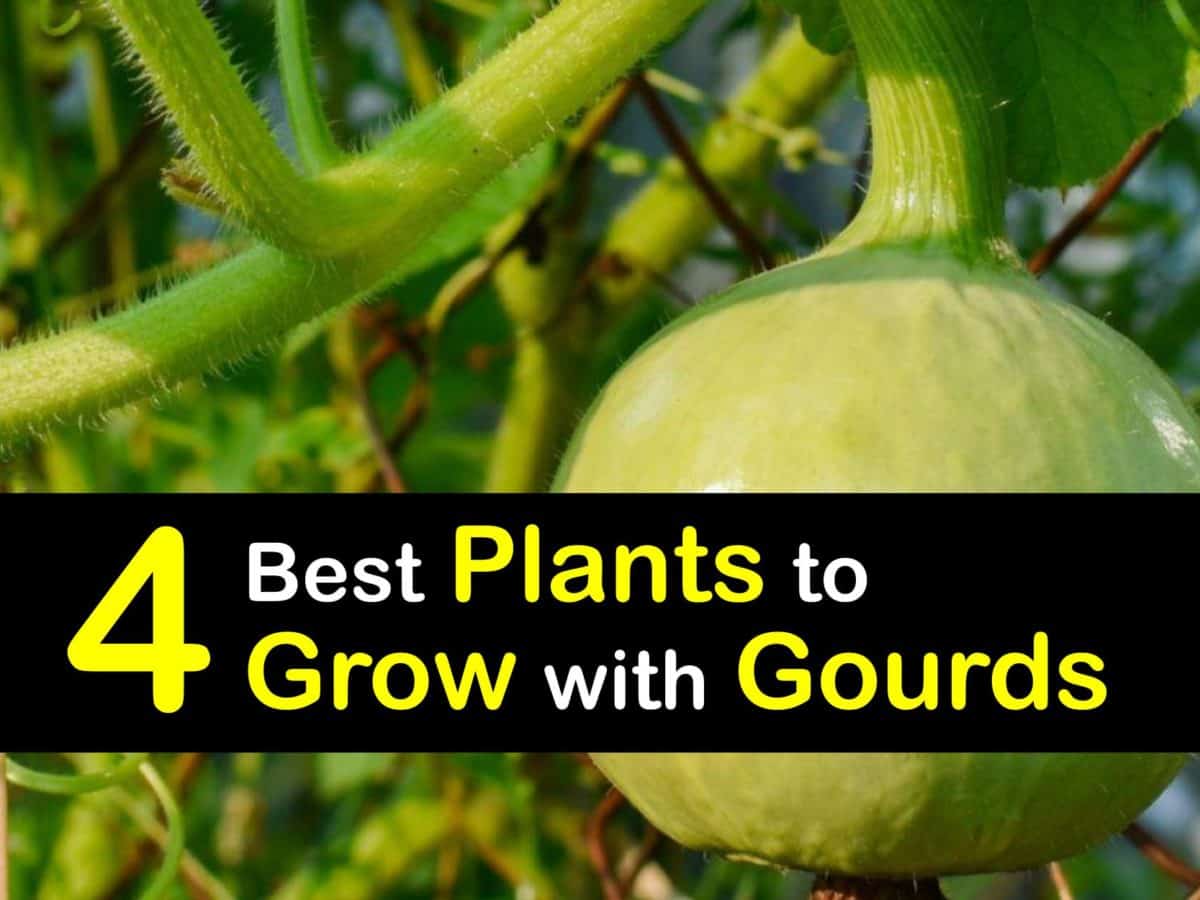
- Nasturtiums: Nasturtiums are another great companion plant for gourds. They help to attract beneficial insects, such as ladybugs and lacewings, which prey on pests. Nasturtiums also have edible leaves and flowers, which can be added to salads or used as a garnish.

- Borage: Borage is a flowering plant that is known for its insect-repelling properties. It also helps to improve the flavor of gourds. Borage leaves and flowers are edible and can be used in salads, teas, or syrups.
- Onions and garlic: Onions and garlic are known for their strong scents, which can help to repel pests. They also help to improve the soil, making it more resistant to disease.
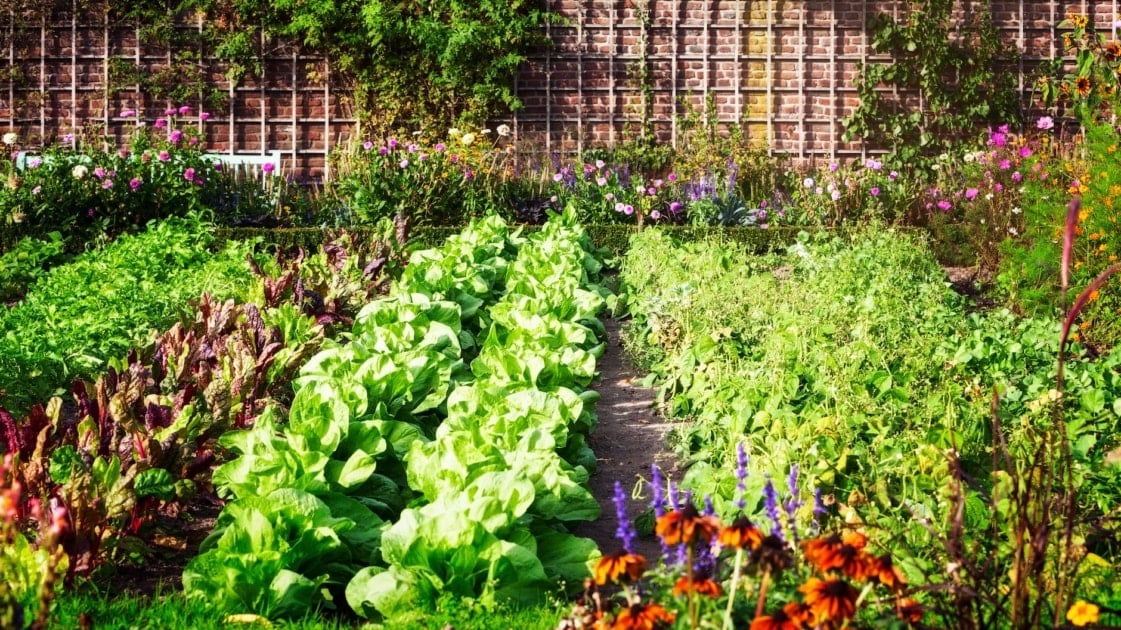
- Sunflowers: Sunflowers are tall plants that can help to provide shade for gourds. They also attract beneficial insects and help to improve the soil.
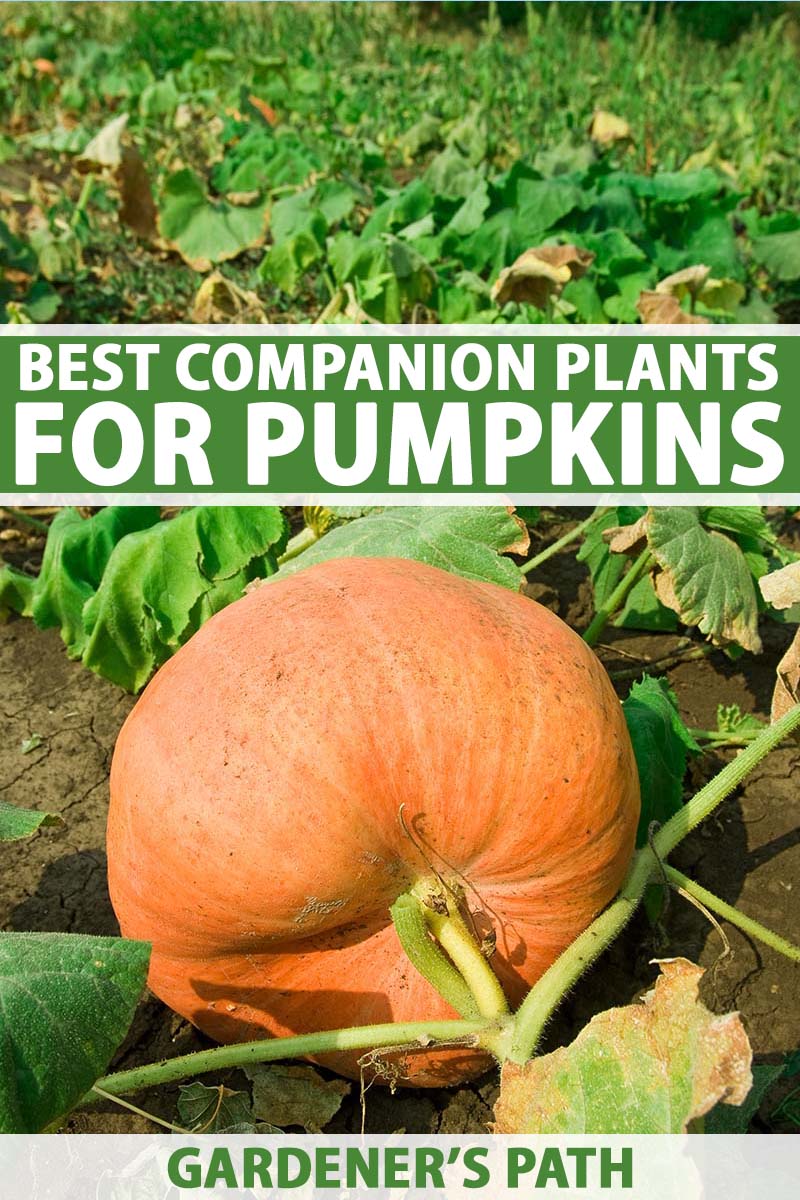
- Pole beans: Pole beans are nitrogen-fixing plants, which means that they help to enrich the soil with nitrogen. This can benefit gourds, which are heavy feeders.

When choosing companion plants for your gourds, it's important to consider the size and growth habit of the plants. For example, you wouldn't want to plant a tall sunflower next to a short squash plant, as the sunflower would shade out the squash.
It's also important to consider the climate in your area. Some companion plants, such as marigolds, are more heat-tolerant than others.
With a little planning, you can easily choose the right companion plants to help your gourds grow big and healthy.
null
FAQ of gourd companion plants
What are good companion plants for gourds?
Some of the best companion plants for gourds include:
- Radishes: Radishes have a strong root system that helps to break up the soil, which can benefit the growth of gourds. They also help to deter pests, such as cucumber beetles.
- Broccoli: Broccoli is a nitrogen-fixing plant, which means that it helps to add nitrogen to the soil. This can benefit the growth of gourds, which are heavy feeders.

- Dill: Dill attracts beneficial insects, such as ladybugs, which help to control pests. It also helps to repel other pests, such as squash bugs.
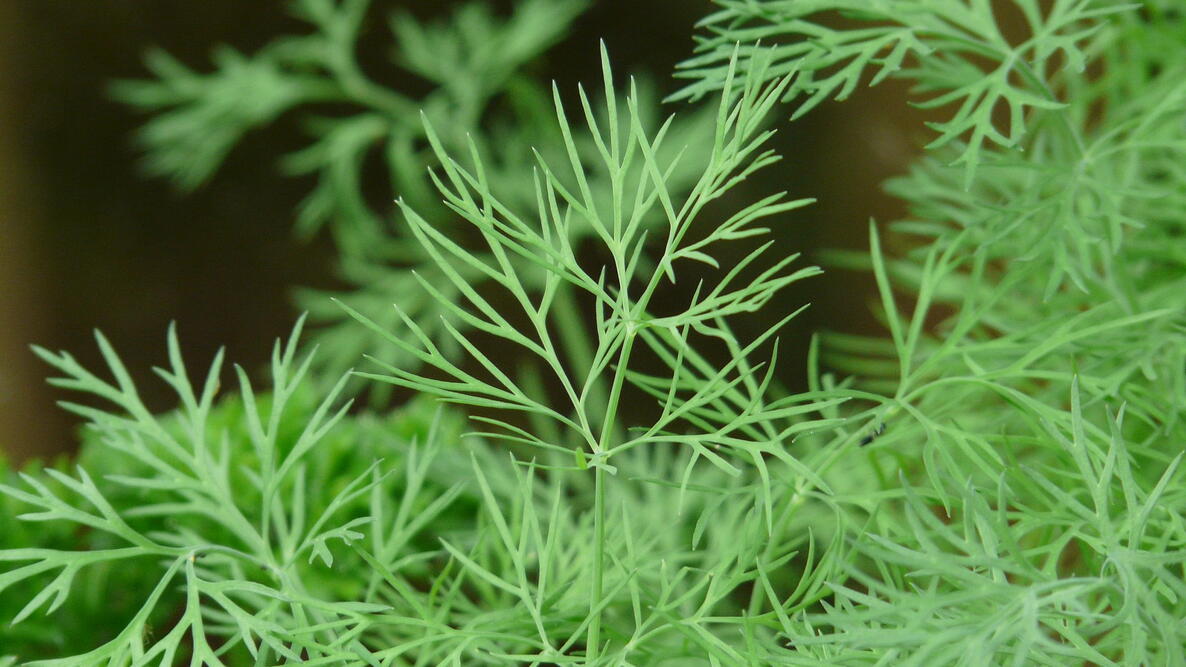
- Marigolds: Marigolds are another good insect repellent. They also help to improve the drainage of the soil, which can benefit the growth of gourds.
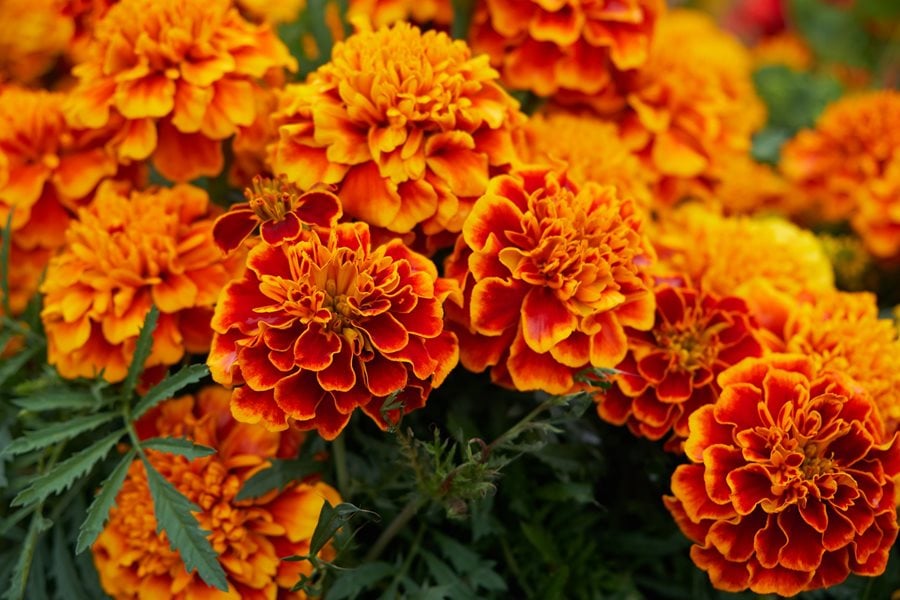
- Catnip: Catnip is a good companion plant for gourds because it helps to deter pests, such as mosquitoes and flies. It also helps to attract pollinators, such as bees and butterflies.
What plants should not be planted near gourds?
Some plants that should not be planted near gourds include:
- Potatoes: Potatoes and gourds are both heavy feeders, so planting them together can lead to competition for nutrients.

- Beets: Beets and gourds are both susceptible to the same pests, so planting them together can increase the risk of pest infestation.
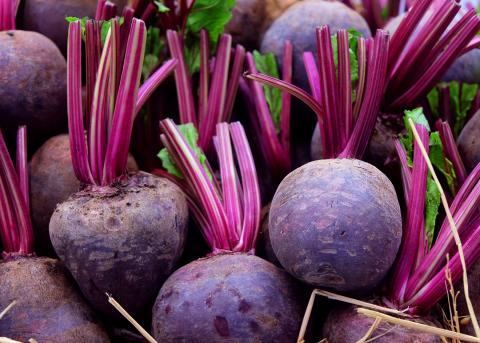
- Onions: Onions and gourds can cross-pollinate, which can affect the taste of the gourds.
How do companion plants benefit gourds?
Companion plants can benefit gourds in a number of ways, including:
- Attracting beneficial insects: Some companion plants, such as marigolds and dill, attract beneficial insects, such as ladybugs and bees. These insects help to control pests and improve pollination.
- Improving soil quality: Some companion plants, such as beans and broccoli, are nitrogen-fixing plants. This means that they help to add nitrogen to the soil, which can benefit the growth of gourds.
- Decreasing competition for resources: When companion plants are planted together, they can help to decrease competition for resources, such as water and sunlight. This can lead to better growth and yields for all of the plants.
What are some other benefits of companion planting?
In addition to the benefits that companion plants can offer to gourds, there are a number of other benefits to companion planting, including:
- Disease and pest control: Companion plants can help to deter pests and diseases. For example, marigolds help to repel nematodes, and catnip helps to repel mosquitoes.
- Improved pollination: Some companion plants, such as dill and sunflowers, attract pollinators, such as bees and butterflies. This can help to improve pollination, which can lead to better yields.
- Increased biodiversity: Companion planting can help to increase biodiversity in the garden. This can benefit the garden in a number of ways, such as by attracting beneficial insects and helping to control pests.
Image of gourd companion plants
- Marigolds: Marigolds are a great companion plant for gourds because they help to repel pests. They also attract beneficial insects, such as ladybugs, which help to control pests.

- Cucumbers: Cucumbers and gourds are both members of the Cucurbitaceae family, so they have similar growing requirements. They can also help to support each other, as the cucumbers can help to shade the gourds from the sun.
- Beans: Beans are a nitrogen-fixing plant, which means they can help to improve the soil for other plants. They can also help to suppress weeds, as they grow quickly and cover the ground.
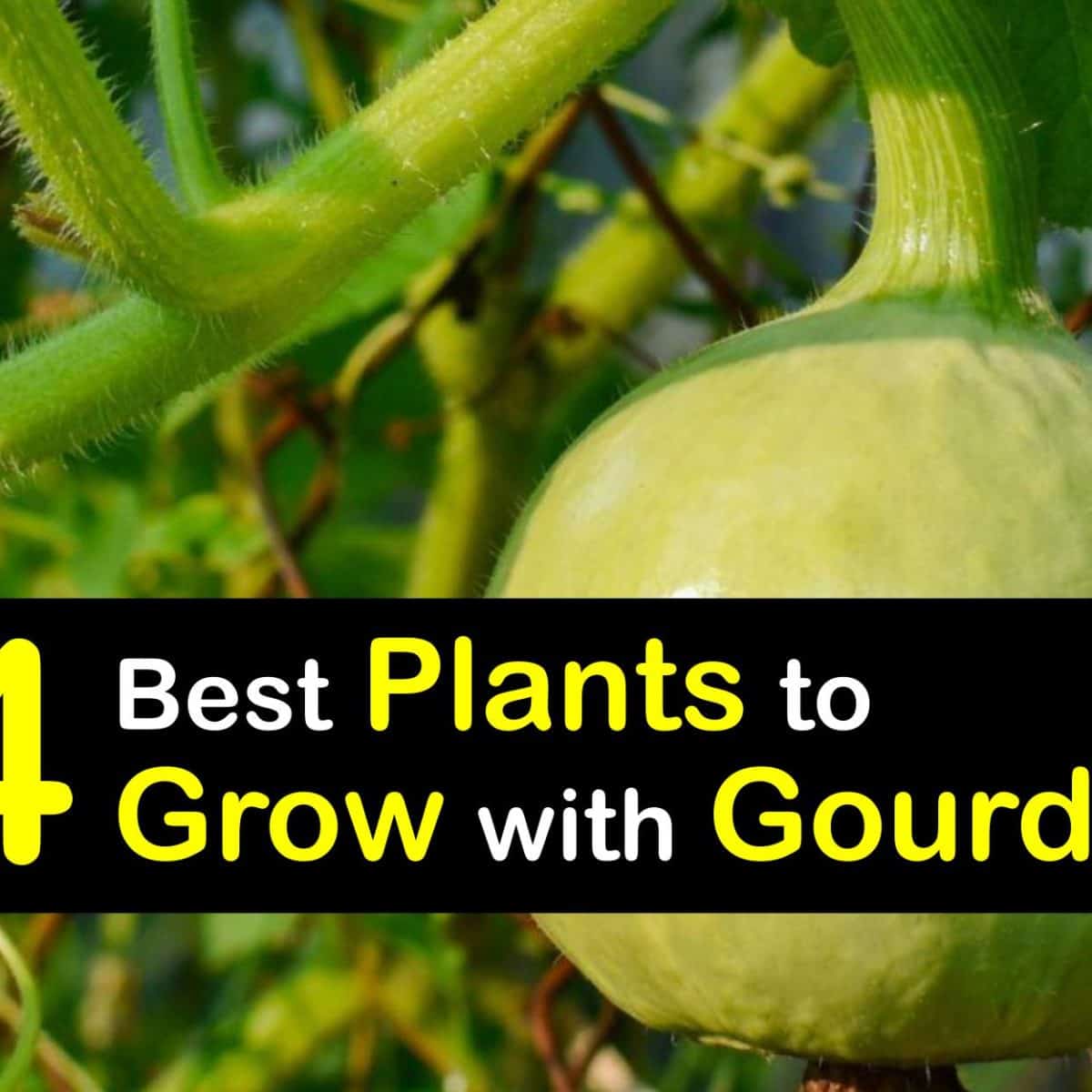
- Sunflowers: Sunflowers are tall plants that can provide shade for gourds. They also attract beneficial insects, such as bees, which help to pollinate the gourds.

- Nasturtiums: Nasturtiums are another great companion plant for gourds because they help to repel pests. They also attract beneficial insects, such as ladybugs and lacewings, which help to control pests.

Post a Comment for "Grow Bigger Healthier Gourds With These Companion Plants"